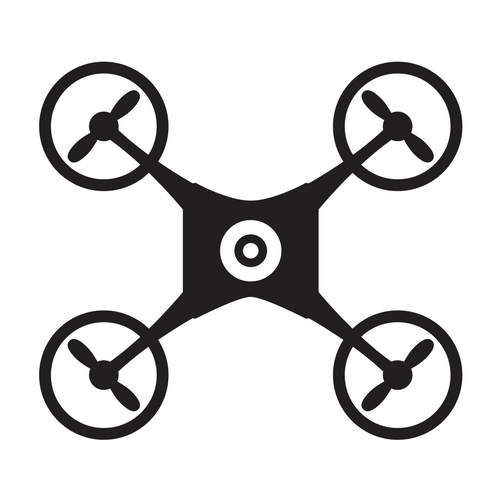About
Unmanned Systems for Virginia, Spring 2018HISTORY OF UNMANNED SYSTEMS FOR VIRGINIA
During the 2015 spring semeseter at James Madison University, the JMU X-Labs offered the first multidisciplinary undergraduate course to focus on applications of UAV (or drone) technololgy in Virginia. What began as a pilot course has surged into multiple iterations of collaborative, interdisciplinary courses, programs, and events that increasingly have local, regional, national, and even international impact.
Like the courses that preceded it – the Virginia Drones Project and the JMU Drones Project – this course is perhaps best described as an experimental learning network sponsored by 4-VA that gathers students and faculty from across the disciplines in higher education as well as experts, mentors, and clients from the public and private sectors. Our job is to chase after big ideas and learn from that experience. Whether we are in the same physical space or communicating via telepresence robots, everyone who participates in this network dreams big and works hard. The projects we produce during our 15 weeks working together are never predictable and often contain the seeds of research programs, business ventures, and services that students and partners pursue when the class is finished.

UAV expert and guest faculty member Fred Briggs demonstrating how the pixhawk flight controller is incorporated into a standard UAV. Fred co-taught the class with JMU and ODU faculty from six disciplines, often via a telepresence robot from his office in Northern Virginia. Photo Credit: Elise Trissel.
Spring 2018: The Unmanned Systems for Virginia Project
This is the third JMU X-Labs class to focus on unmanned systems technology and our most ambitious yet. Seventy students from nine majors and two universities (JMU and ODU) have partnered with the Smithsonian Conservation Biology Institute (SCBI), the Virginia Department of Game and Inland Fisheries (VDGIF) and Blue Ridge PRISM. The partners provided eight pressing ecological problems and delegated them to interdisciplinary student teams to give them real-world experience using unmanned systems technology. Briefly, these problems are:
- Tracking deer and elk – In partnership with the Virginia Department of Game and Inland Fisheries this team experimenting with drone-technology, thermal imaging and other machine learning devices to help survey populations and distinguish elk from white-tailed deer in southwest Virginia.
- Surveying peregrine falcons – Also working with VDGIF, these students will use drones to survey peregrine falcons at cliff sites in southwest Virginia.
- Surveying for invasive terrestrial plants – In partnership with the Blue Ridge PRISM, these students aim to protect biodiversity and recreational and economic resources by developing a drone that detects commonly disruptive plants.
- Digitizing oyster reefs – In collaboration with JMU’s Dr. Patrice Ludwig (also a faculty member on the course), this team employed augmented and virtual reality in conjunction with underwater drones, this team generated digital models of oyster reefs in the Chesapeake Bay to help with restoration efforts.
- Collecting grassland bird data – In collaboration with the SCBI, these students will use drone footage to locate and quantify grassland bird nest density within the Piedmont region of Virginia.
- Tracking pregnant bears – The VDGIF has tasked this team with tracking the hibernation locations of pregnant bears that have been fitted with GPS collars.
- Safely darting with drones – This team worked with the SCBI to determine how to safely dart and track animals with drones, which can help treat injured animals and track and protect endangered species.
